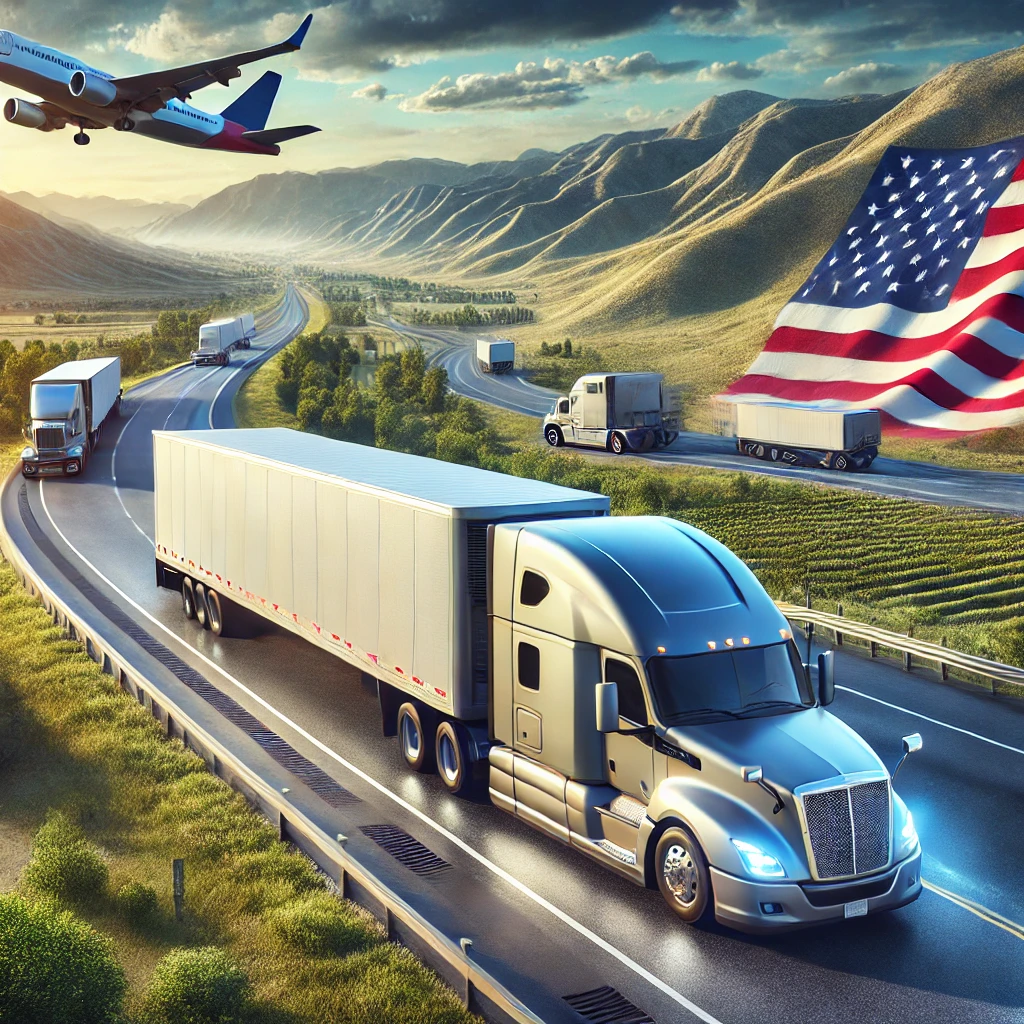The trucking industry in 2025 stands on the cusp of a technological and economic transformation. With advancements in automation, alternative energy, and digital logistics reshaping the landscape, trucking is not just evolving but redefining its role in global commerce and supply chain management.
1. Automation and Autonomous Vehicles
One of the most significant shifts in trucking by 2025 is the growing adoption of autonomous vehicles (AVs). While fully autonomous trucks operating without human intervention remain a future milestone, semi-autonomous trucks equipped with advanced driver-assistance systems (ADAS) are already widespread. These vehicles enhance safety, optimize fuel efficiency, and reduce driver fatigue.
Major manufacturers, including Tesla, Daimler, and Volvo, continue to refine their autonomous technologies. Long-haul trucking, particularly on predictable interstate routes, is seeing early adoption of autonomous convoys—a lead vehicle followed by several driverless trucks. This model maximizes efficiency while retaining human oversight in the lead truck.
2. The Shift to Alternative Energy
Environmental sustainability will be at the forefront of trucking in 2025. Governments and industries worldwide are working to reduce carbon emissions, pushing the adoption of alternative energy sources.
- Electric Trucks: Companies like Tesla, Rivian, and BYD have introduced electric trucks capable of competing with traditional diesel-powered vehicles. These trucks are now a common sight in urban and regional logistics, where their limited range is less of a constraint.
- Hydrogen Fuel Cells: For long-haul operations, hydrogen-powered trucks are emerging as a viable alternative. With faster refueling times and longer ranges compared to electric vehicles, hydrogen technology is a promising solution for heavy-duty trucking.
- Biofuels and Renewable Diesel: Transitional fuels like renewable diesel continue to play a role, especially in regions where electric and hydrogen infrastructure is still developing.
3. Digital Transformation and Smart Logistics
The digitalization of trucking has reached new heights in 2025, with data-driven technologies improving every aspect of the industry:
- IoT and Telematics: Sensors and IoT devices provide real-time data on vehicle health, cargo conditions, and route efficiency. This ensures better maintenance schedules, reduces downtime, and enhances customer satisfaction.
- AI-Driven Optimization: Artificial intelligence is now central to logistics planning. AI-powered platforms analyze vast datasets to optimize routes, reduce fuel consumption, and forecast demand trends.
- Blockchain for Transparency: Blockchain technology is being used to enhance transparency and security in freight transactions. Smart contracts streamline payments and reduce disputes between shippers and carriers.
4. Addressing the Driver Shortage
Despite automation advancements, the industry still faces a driver shortage in 2025. To address this challenge, companies are adopting several strategies:
- Flexible Work Models: Improved scheduling and shorter routes allow drivers to maintain a better work-life balance.
- Incentives and Training: Competitive pay, benefits, and advanced training programs are helping attract new talent.
- Augmented Roles: With automation handling repetitive tasks, drivers are transitioning to roles focused on overseeing and managing autonomous systems.
5. Regulatory and Infrastructure Developments
Governments are playing a crucial role in shaping the trucking industry. In 2025:
- Regulatory Frameworks: Clear regulations for autonomous vehicles, emissions standards, and digital compliance systems have been implemented to ensure safety and sustainability.
- Infrastructure Investments: Significant investments in charging stations, hydrogen refueling networks, and smart highways support the industry’s modernization.
6. Challenges Ahead
While the industry is advancing rapidly, challenges remain:
- High Costs: The initial investment in autonomous and alternative energy trucks is significant, creating barriers for smaller operators.
- Technological Integration: Seamlessly integrating new technologies into existing systems requires time and expertise.
- Cybersecurity Threats: As trucking becomes increasingly digital, protecting data and systems from cyberattacks is a growing concern.
7. A Glimpse into the Future
By 2025, trucking is no longer just about moving goods from point A to B; it’s about doing so efficiently, sustainably, and transparently. The industry is a cornerstone of the global economy, driving innovation while adapting to evolving demands.
As we look ahead, the trajectory of trucking suggests an era of unprecedented change. With technology, sustainability, and human ingenuity at the helm, the road ahead is not only promising but transformative for the industry and society at large.




